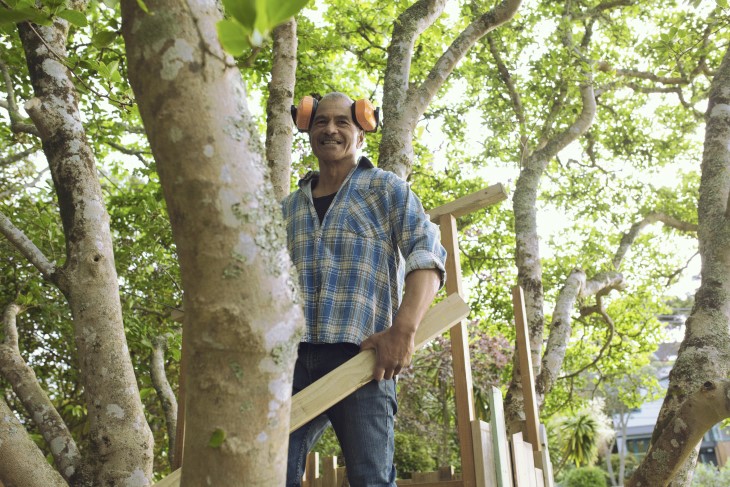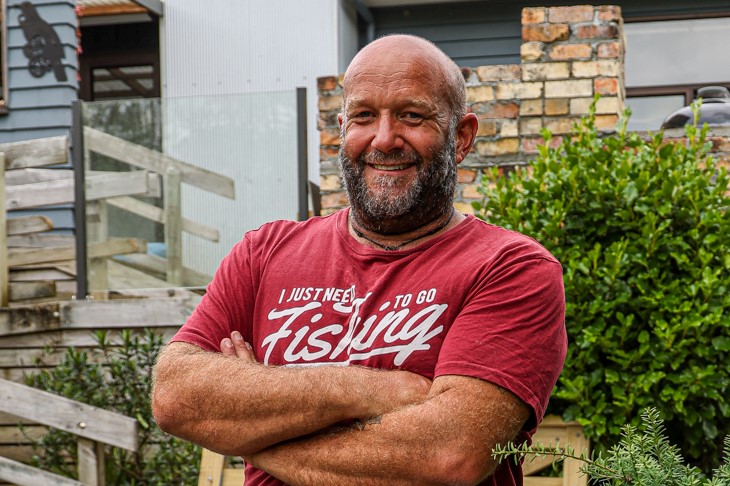Ticking off your DIY projects safely
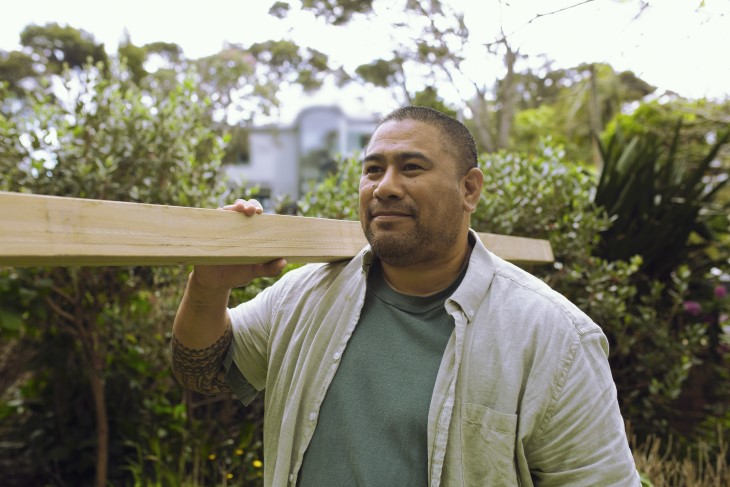
Thinking of finally wrapping up that summer DIY to-do list before winter sets in? Here’s some advice on how to do so safely.
Thousands of New Zealanders will be looking to paint the fence, trim the hedges or get up a ladder to clean out the gutters before the winter weather sets in – but data shows these activities have a high risk of injury.
Easter is the last long weekend before the dark and cold days of winter become the norm, and it’s common for many families to still have jobs on the summer DIY list at this time of year.
In 2022, we accepted 19,300 DIY injury claims. These injuries came at a cost of $30 million to help people recover. This was the highest cost over the past five years.
ACC injury prevention leader James Whitaker says it’s the perfect time to complete those outstanding DIY jobs, but he encourages people to take a moment to assess the risks of injury.
“We know many people will use this time as an opportunity to do some odd jobs around the home and garden,” he says.
“So we’re challenging people to ‘Have a hmmm’ before they start their DIY project.”
James says around 90 per cent of all DIY injuries are not random events. They’re predictable and therefore preventable.
“Our top tip for DIY safety is to slow down,” he says.
“Many accidents in the home happen simply because people are rushing. These can be prevented by simply slowing down and stopping to assess the risks.”
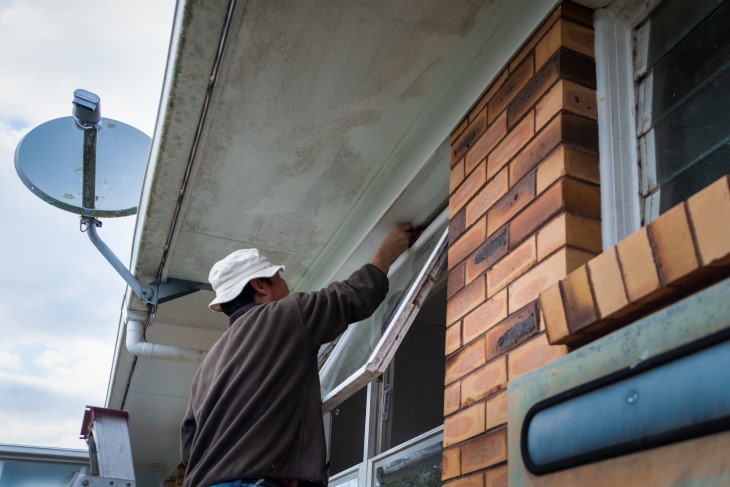
DIY injuries by the numbers
The top five regions for DIY injuries in 2022 were Auckland (5,561), Waikato (2,338), Canterbury (2,150), Bay of Plenty (1,607) and Wellington (1,532).
Most of the injuries were soft-tissue injuries (11,181) followed by laceration/puncture/sting injuries (4,846), ahead of foreign body in orifice/eye (1,279) and fracture/dislocation (582).
The most common parts of the body hurt in DIY injuries in 2022 were back/spine (3,557) and finger/thumb (3,098) ahead of shoulder (1,856) hand/wrist (1,768) and eye (1,615).
The three leading causes of DIY injuries last year were lifting/carrying/strain injuries (5,523), puncture (2,762) and loss of balance/personal control (2,716).
The leading age groups for DIY injuries in 2022 were the 65 and older age group (4,848) ahead of the 50-54 age group (2,077) and the 55-59 (1,953).
Men were around three times more likely to hurt themselves in a DIY injury than women.
“We know that when we get hurt, it affects our family, friends, workmates and others too,” James says.
“We want New Zealanders to have that satisfaction of completing DIY jobs around their home but stay safe, and injury free, in the process.”
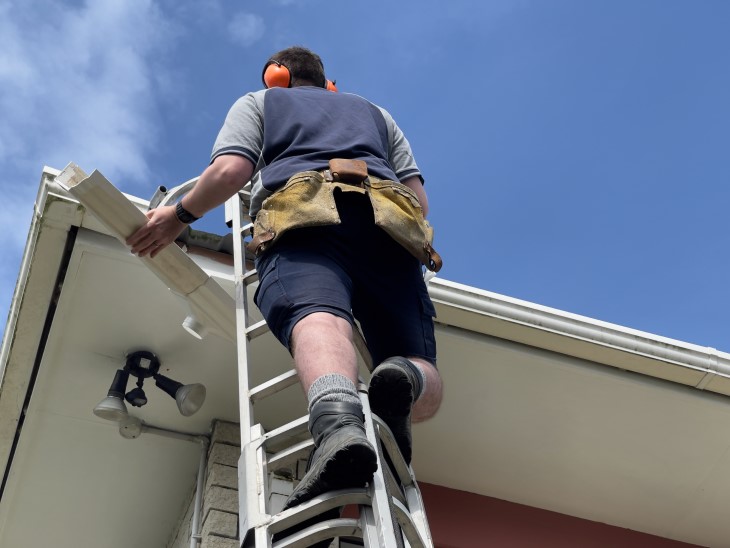
Top tips for DIY safety
- Many accidents in the home happen because people are rushing. Slow down and stop to assess the risks.
- Use all the recommended safety gear, such as closed shoes and protective eyewear and earmuffs.
- Keep children in mind. Make sure someone is supervising the kids, and keep tools and sharp objects out of reach.
- If you’re getting up on a ladder, make sure it’s angled correctly and on a firm surface. Keep three points of contact on ladders, for example two feet and a hand.
- Painting the deck or re-finishing furniture? Make sure you’re keeping paints, sprays, chemicals and solvents with the lids on when you’re not using them, and they’re not within kids’ reach.
